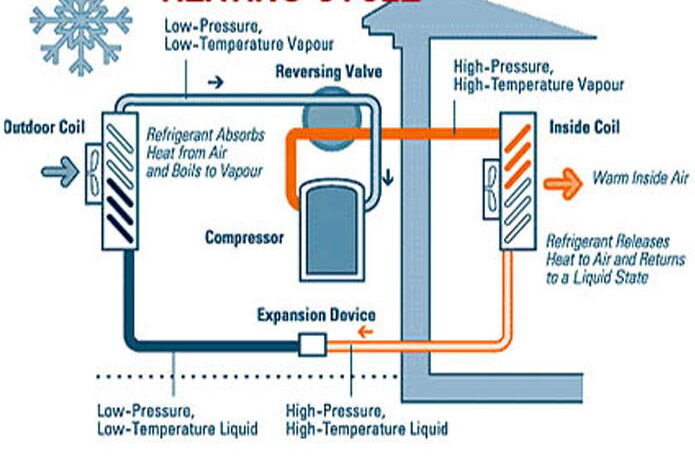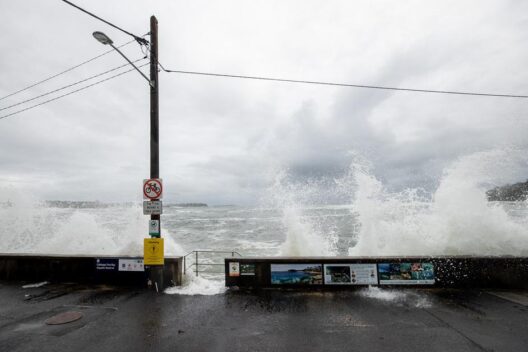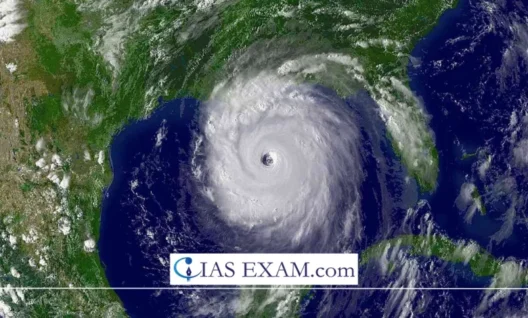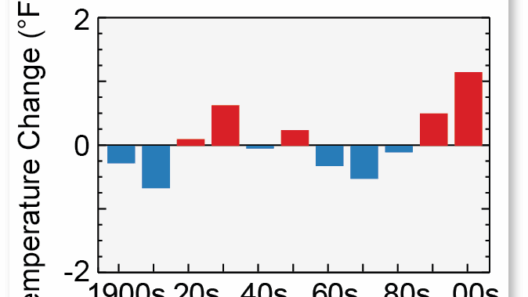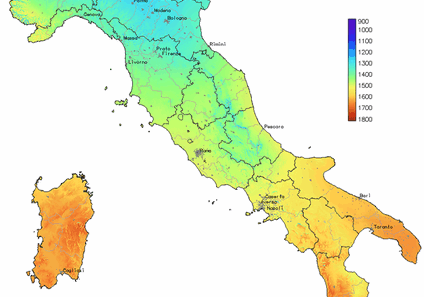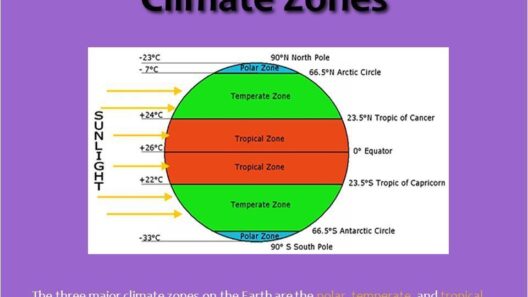The debate surrounding the efficiency of heat pump water heaters in cold weather is both intriguing and essential as we move toward sustainable energy solutions in our homes. This conversation extends beyond mere functionality; it touches on broader societal preferences, priorities, and, ultimately, our impact on the environment. Heat pump water heaters exemplify innovative technology designed to harness ambient energy to heat water—an enticing prospect when energy efficiency and eco-friendliness dominate public discourse. However, the critical question remains: do these systems perform adequately when temperatures plummet?
To address the performance of heat pump water heaters in colder climates, it is imperative first to understand the mechanics behind their operation. Essentially, heat pump water heaters utilize a vapor-compression process to transfer heat from the surrounding air into the water tank. This is unlike traditional electric or gas water heaters, which generate heat directly via combustion or electrical resistance. In theory, this process should allow them to operate efficiently even in cooler temperatures, albeit with declining effectiveness as outdoor temperatures drop.
Indeed, many users report satisfactory performance of their heat pump water heaters during winter months. A significant number of manufacturers guarantee functionality down to certain degrees Fahrenheit. However, it is vital to delve deeper into these claims and examine the parameters that govern this operation. The truth is nuanced; factors such as unit size, ambient temperature, and installation location often influence the performance metrics heavily. As these variables change, the efficiency and output of a heat pump are not consistent.
It is worth noting that heat pump water heaters thrive in environments that remain above freezing. When outdoor temperatures wane significantly, their efficiency diminishes. This is particularly notable in regions where winter temperatures routinely plummet well below the freezing mark. The efficiency rating, known as the Coefficient of Performance (COP), is a critical indicator of how much energy the system can effectively use versus what it consumes. In extremely cold conditions, the COP can fall dramatically, leading to increased electrical consumption as the unit struggles to extract heat from the frigid air.
Consequently, the optimal operating range of heat pumps pushes the narrative beyond straightforward temperature readings. While many users experience no issues at milder cold, colder climates may necessitate additional considerations. For instance, systems may require supplementary heating elements to maintain performance, thus countering their initial energy savings. The resultant cost may deter homeowners who prioritize not just sustainability but also budgetary constraints.
Moreover, there exists an undeniable fascination with the way heat pump technology interacts with cold climates. The winter months, often seen as a challenge for sustainable energy solutions, spark curiosity about the possibilities of innovation. The quest for alternatives to fossil fuel dependence necessitates an examination of all avenues, and heat pump technology is at the forefront of these discussions. The failures and successes of these systems prompt further inquiry into how we can adapt and improve energy technology to align with environmental aims.
The burgeoning interest in high-performance heat pump models specifically designed for low-temperature operation serves as evidence of the industry’s responsiveness to climate challenges. Some modern heat pump water heaters integrate advanced features, such as variable-speed compressors and smart technology, which allow them to adapt more efficiently to changes in environmental temperatures. Such innovations signal a remarkable shift toward embracing renewable resources and optimizing existing technologies to circumvent the limitations imposed by cold weather.
Furthermore, diverse geographic regions exhibit varying levels of acceptance toward heat pump technology. In places with moderate winters, the transition to heat pump water heaters is smoother, exhibiting both performance and economic viability. Conversely, in harsh climates, the adoption rates reflect the concerns surrounding reliability and cost efficiency. Understanding this dichotomy illuminates the societal dynamics at play—the willingness to invest in greener alternatives often hinges on a complex interplay of environmental consciousness and economic pragmatism.
Nonetheless, as the conversation evolves, it is crucial not to overlook potential barriers that could impede more extensive adoption of heat pump water heaters, particularly in colder regions. Homeowners may possess skepticism regarding performance and may also be deterred by initial installation costs. Without proper incentives or education about the long-term savings associated with these systems, many may cling to traditional water heating solutions that seem more reliable, albeit less efficient in the long run.
The importance of community-driven initiatives to promote knowledge around these advanced heating technologies cannot be overstated. Engaging consumers, contractors, and utility companies in discussions about best practices, available incentives, and rigging for future performance can significantly enhance the transition toward adopting heat pump water heaters, even in climates that experience harsh winters.
Ultimately, the effectiveness of heat pump water heaters in cold weather hinges upon multiple interrelated factors. While public fascination and interest in sustainable living propel innovation in this field, achieving widespread acceptance demands a concerted effort at all levels. Addressing performance concerns and enhancing public understanding will create an environment conducive to the adoption of advanced heating technologies, guiding society toward a more energy-efficient future.



